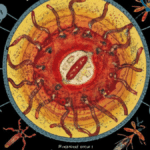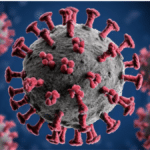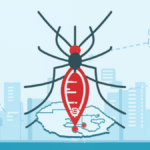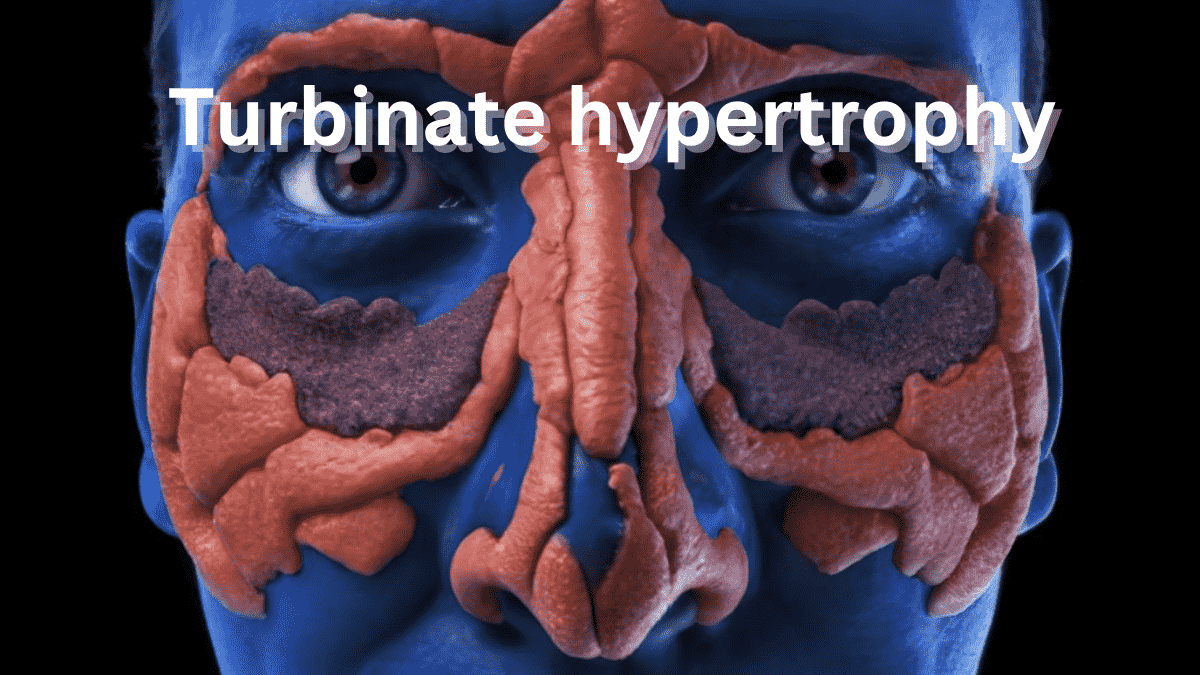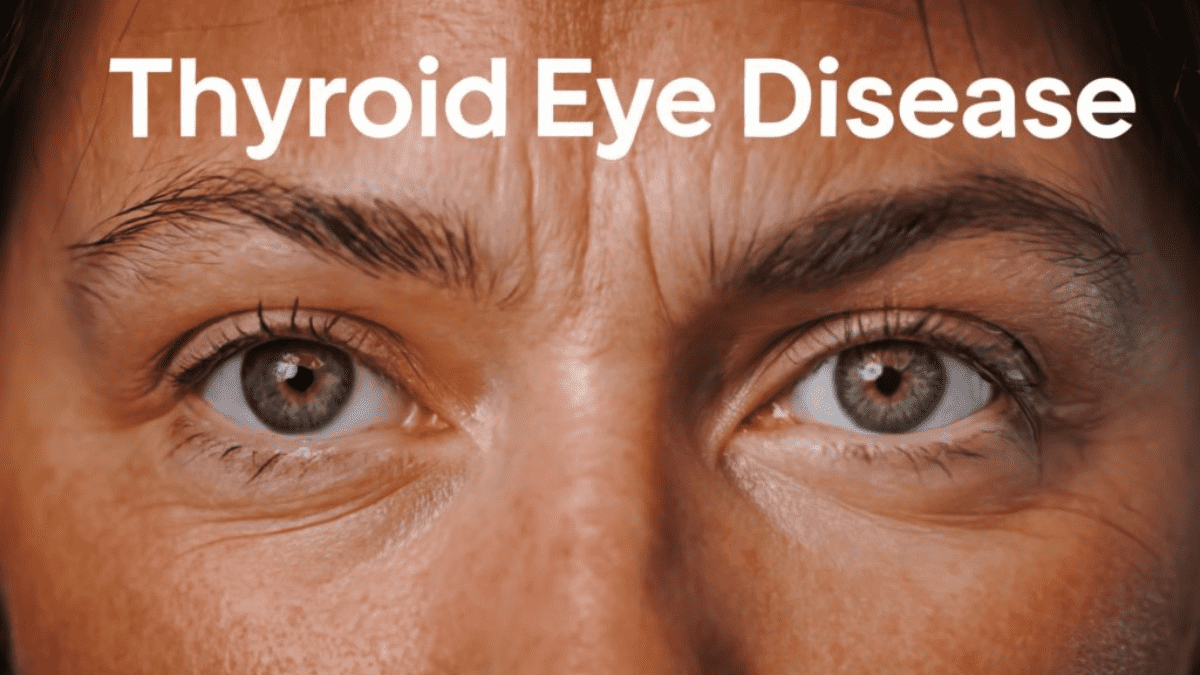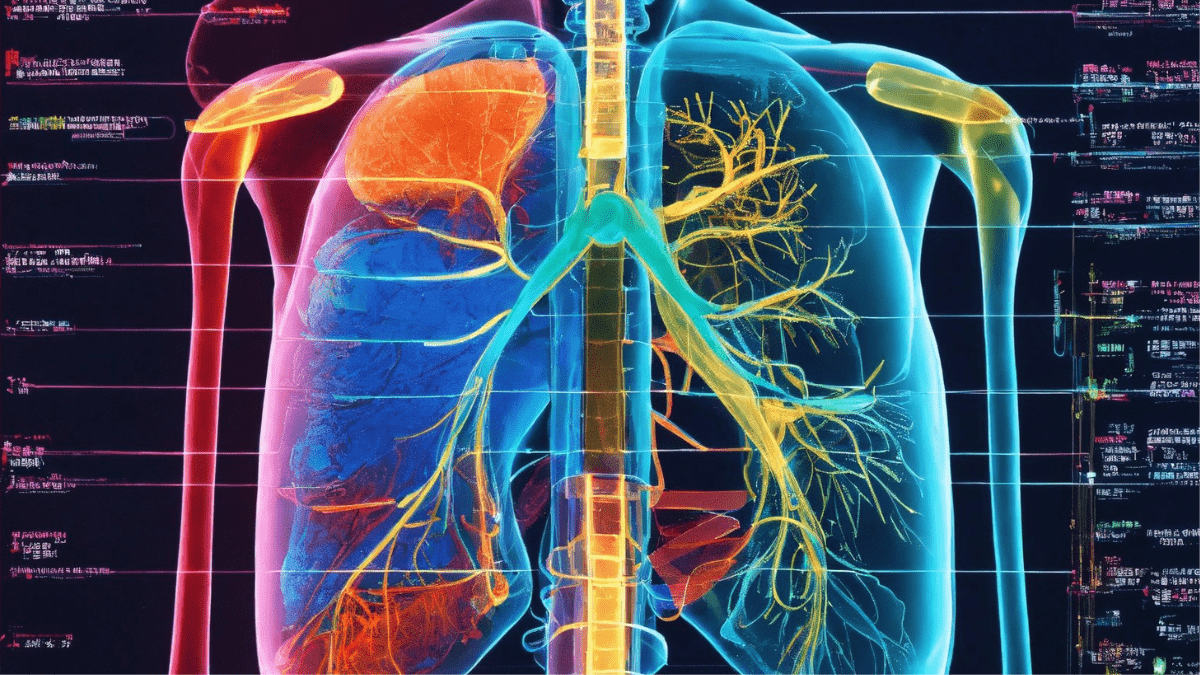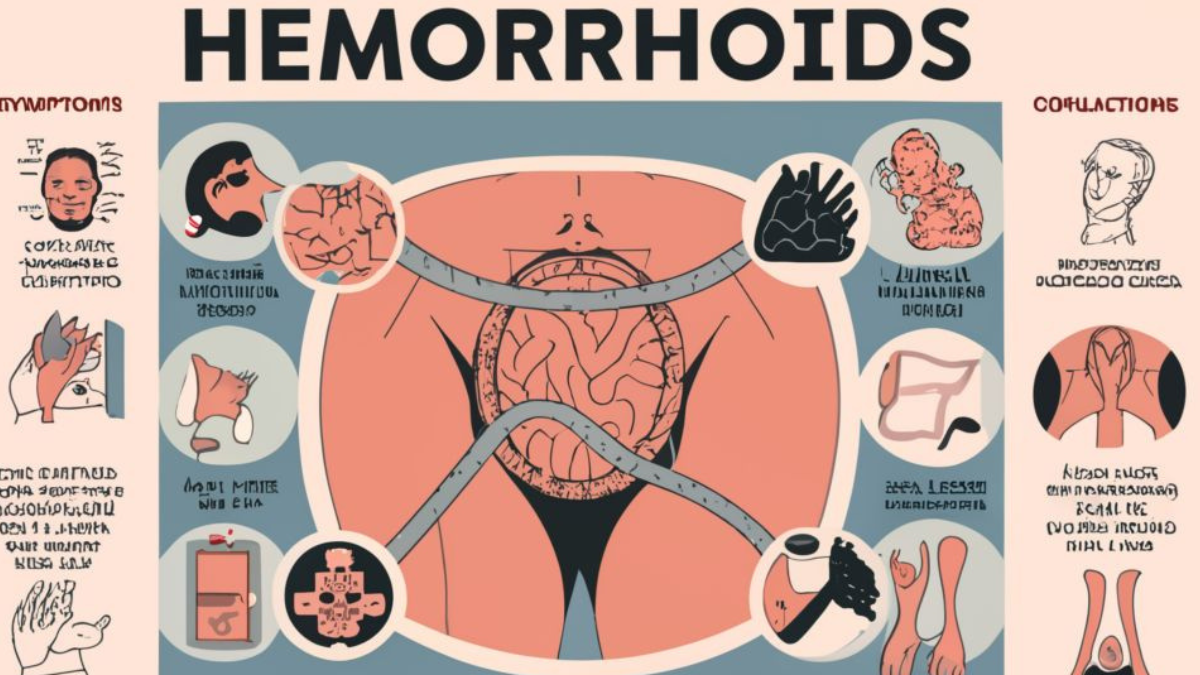Turbinate hypertrophy, though not commonly discussed, can significantly impact one’s quality of life. These small structures within the nasal passages play a crucial role in respiratory function, and when they become swollen or enlarged, they can lead to various symptoms ranging from nasal congestion to sleep disturbances. In this comprehensive guide, we will delve into the intricacies of turbinate hypertrophy, exploring its causes, symptoms, diagnosis, and treatment options.
Table of Contents
Anatomy and Function of Turbinates:
Before delving into turbinate hypertrophy, it’s essential to understand the anatomy and function of turbinates. Turbinates are bony structures covered by mucous membranes located inside the nasal passages. They come in three pairs: inferior, middle, and superior turbinates. These structures serve multiple purposes, including:
- Air Filtration: Turbinates help filter out dust, pollen, and other particles from the air we breathe, preventing them from entering the respiratory system.
- Humidification: They humidify and moisturize the air, ensuring that it reaches the lungs in an optimal condition.
- Temperature Regulation: Turbinates aid in warming or cooling the air to match the body’s internal temperature, ensuring comfort and efficient respiration.
Causes of Turbinate Hypertrophy:
Turbinate hypertrophy refers to the swelling or enlargement of turbinates, which can lead to obstruction of nasal airflow. Several factors can contribute to this condition, including:
- Allergies: Allergic rhinitis, characterized by an immune reaction to allergens such as pollen, dust mites, or pet dander, can cause inflammation and swelling of the turbinates.
- Chronic Sinusitis: Inflammation and infection of the sinuses can lead to swelling of the nasal tissues, including the turbinates.
- Environmental Irritants: Prolonged exposure to irritants such as smoke, pollution, or strong odors can trigger inflammation and swelling of the nasal passages.
- Nasal Polyps: Noncancerous growths that develop in the nasal passages and sinuses can obstruct airflow and lead to turbinate hypertrophy.
- Structural Abnormalities: Deviated septum or other structural issues within the nasal passages can contribute to turbinate hypertrophy by causing airflow disturbances.
Symptoms of Turbinate Hypertrophy:
The symptoms of turbinate hypertrophy can vary in severity and may include:
- Nasal Congestion: Difficulty breathing through the nose due to obstruction caused by swollen turbinates.
- Nasal Discharge: Excessive mucus production as a result of inflammation in the nasal passages.
- Facial Pressure or Pain: Discomfort in the face, particularly around the nasal area, due to sinus congestion.
- Snoring: Turbinate hypertrophy can contribute to snoring, especially during sleep when nasal congestion is more pronounced.
- Sleep Disturbances: In severe cases, nasal obstruction can lead to disrupted sleep patterns and sleep apnea.
- Decreased Sense of Smell: Swollen turbinates can interfere with the sense of smell, affecting one’s ability to taste food and detect odors.
Diagnosis of Turbinate Hypertrophy:
Diagnosing turbinate hypertrophy typically involves a comprehensive evaluation by an otolaryngologist (ENT specialist). The diagnostic process may include:
- Medical History: The doctor will inquire about the patient’s symptoms, medical history, and any known allergies or environmental exposures.
- Physical Examination: A thorough examination of the nasal passages, including visualization of the turbinates using a nasal speculum or endoscope.
- Allergy Testing: If allergic rhinitis is suspected, allergy testing may be conducted to identify specific allergens triggering the symptoms.
- Imaging Studies: In some cases, imaging tests such as CT scans may be ordered to assess the nasal anatomy and identify any structural abnormalities or underlying sinus issues.
Treatment Options for Turbinate Hypertrophy:
The treatment of turbinate hypertrophy aims to alleviate symptoms and improve nasal airflow. Treatment options may include:
- Nasal Decongestants: Over-the-counter nasal decongestant sprays or oral medications can help reduce nasal congestion and swelling temporarily. However, prolonged use can lead to rebound congestion and should be used cautiously.
- Antihistamines: These medications are effective in managing allergic rhinitis by blocking the release of histamines, which cause nasal inflammation and swelling.
- Nasal Corticosteroids: Prescription nasal corticosteroid sprays are often used to reduce inflammation in the nasal passages and provide long-term relief from symptoms.
- Nasal Saline Irrigation: Rinsing the nasal passages with a saline solution can help moisturize the mucous membranes, thin mucus, and flush out allergens and irritants.
- Allergen Avoidance: Identifying and avoiding triggers such as pollen, dust, or pet dander can help prevent allergic reactions and minimize nasal inflammation.
- Surgical Interventions: In cases where conservative treatments are ineffective, surgical procedures such as turbinate reduction surgery may be considered to shrink or remove the swollen turbinates and improve nasal airflow.
Turbinate hypertrophy can significantly impact one’s quality of life, causing symptoms such as nasal congestion, difficulty breathing, and sleep disturbances. However, with proper diagnosis and treatment, it is possible to manage the condition effectively and improve nasal airflow. If you are experiencing symptoms of turbinate hypertrophy, consult with an ENT specialist for an accurate diagnosis and personalized treatment plan tailored to your needs. By understanding the underlying causes and available treatment options, you can take proactive steps to alleviate symptoms and breathe easier.


